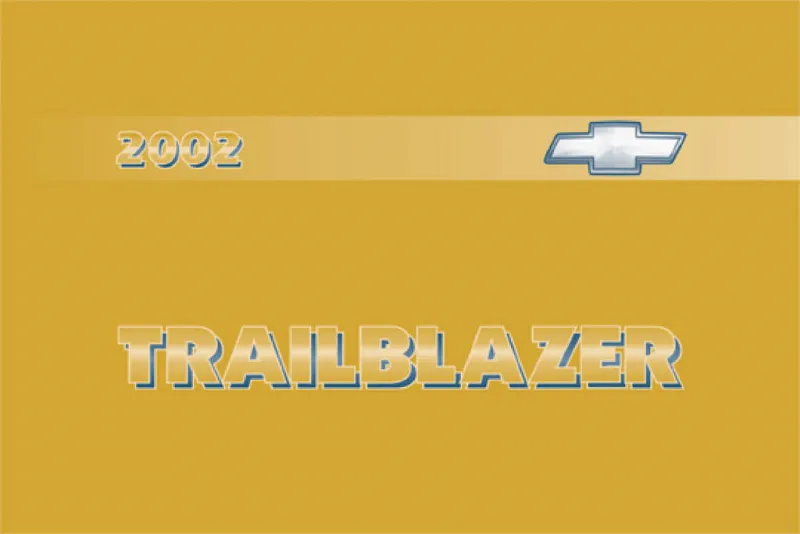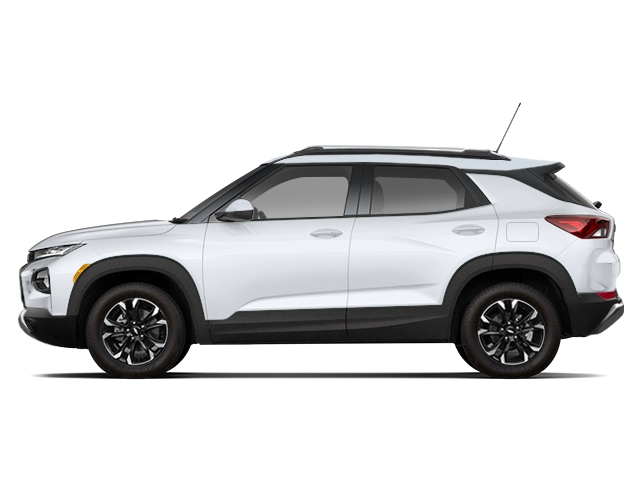2002 Chevrolet Trailblazer Owner's Manual

Table of Contents
2002 Chevrolet Trailblazer Overview
Introduction
The 2002 Chevrolet Trailblazer marks a significant shift for the SUV segment, presenting a robust blend of style, function, and performance. As part of General Motors' mid-size SUV line, it combines the versatility of an SUV with the comfort of a passenger vehicle, appealing to families and adventure seekers alike. With an eye-catching design and a spacious interior, the Trailblazer quickly establishes itself as a capable road companion for any journey.
Powertrains
The 2002 Trailblazer offers a range of powerful and efficient engines to meet various driving needs. The standard engine is a 4.2-liter inline-six, producing a remarkable 275 horsepower and 275 lb-ft of torque, delivering exceptional acceleration and towing capacity. For buyers seeking even more power, an optional 5.3-liter V8 engine is available, generating up to 285 horsepower. With either engine, the Trailblazer provides smooth and confident performance, whether navigating urban streets or tackling off-road challenges.
Trims
This model is available in several trims, including the Base, LS, and LT. Each trim level introduces a unique set of features, with the LS offering upgraded interior materials and more storage options, while the LT adds luxury elements such as leather seating and an upgraded audio system. Buyers can choose between rear-wheel and four-wheel drive configurations, catering to different preferences and driving conditions.
Features
The 2002 Chevrolet Trailblazer is designed with comfort and convenience in mind. Standard features include air conditioning, power windows and locks, and a robust sound system. Higher trims come equipped with additional amenities like a premium audio package, power-adjustable seats, and advanced safety features. The spacious interior accommodates up to five passengers, while generous cargo space makes it a practical choice for trips and everyday use.
Owners Manual
The owner's manual for the 2002 Chevrolet Trailblazer is an invaluable resource, offering detailed information on vehicle operation, maintenance schedules, and troubleshooting tips. It emphasizes the importance of regular servicing to keep the SUV in optimal condition and includes instructions for using various features, ensuring owners get the best experience from their vehicle.
User manual download
The Chevrolet Trailblazer owner manual for the 2002 model year is to be found in PDF downloadable format on this page. The owner manual for the model year 2002 is free and in English, but the repair manuals are usually not easy to get and may cost more.
Manual Questions
Fill the form below and someone will help you!

